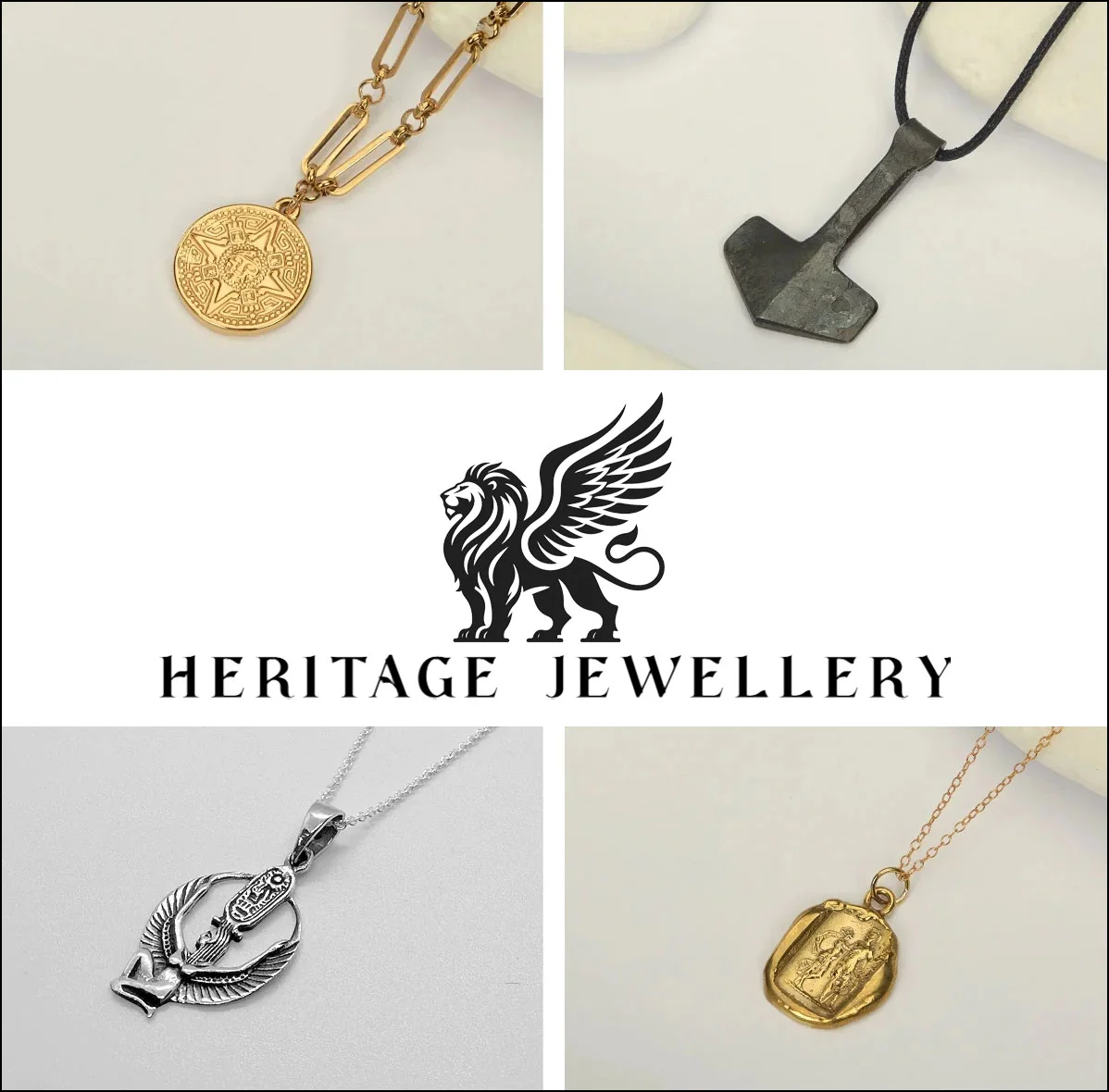In the mid-1930s, archaeologists excavating in Deir El-Bahari near Luxor made a remarkable discovery: a mummy whose facial expression appeared to be screaming.
Dubbed the “Screaming Woman”, the mummy was found in one of the burial chambers beneath the tomb of Senmut, the architect and overseer of royal works for Queen Hatschepsut (1479-1458 BC).
Until 1998, the mummy was kept at the Kasr Al Ainy School of Medicine in Cairo, where in the 1920s and 1930s researchers studied many royal mummies, including that of Tutankhamun.
Subsequently, she was moved to the Cairo Egyptian Museum at the request of the Ministry of Antiquities, while her coffin and a selection of funerary objects have been displayed at the Metropolitan Museum of New York.
In a study published in Frontiers in Medicine, a team of researchers have used modern scientific techniques to examine the “Screaming Woman”, uncovering new details about her life and cause of death.
Using a combination of CT scans, scanning electron microscopy (SEM), Fourier transform infrared spectroscopy (FTIR), and x-ray diffraction analysis (XRD), the study revealed that the woman was approximately 48 years old at the time of her death, and suffered from mild arthritis of the spine.
In contrast to typical mummification practices of the New Kingdom period, she still has her brain, diaphragm, heart, lungs, liver, spleen, kidneys, and intestines.
The FTIR analysis indicates that she was embalmed with juniper and frankincense, costly materials that were imported from either the Eastern Mediterranean, East Africa, or Southern Arabia.
Traces of these substances were also found in her natural hair, while the long wig she was buried in was made from date palm fibres treated with quartz, magnetite, and albite crystals.
“These findings support the ancient trade of embalming materials in ancient Egypt. The expedition led by Queen Hatshepsut brought frankincense from Punt (possibly Somalia in Africa). The tomb of Tutankhamun also contained frankincense and juniper,” said Prof Sahar N Saleem from Cairo University.
It is unlikely that her screaming appearance was caused by the embalming process, instead the researchers suggest that the facial expression could be the result of a cadaveric spasm, implying that the woman died screaming from agony or pain.
A cadaveric spasm is a rare form of muscular stiffening, typically associated with violent deaths under extreme physical conditions and intense emotion.
Header Image Credit : Sahar Saleem
Sources : Paleoradiological and Scientific Investigations of the Screaming Woman Mummy from the area beneath Senmut’s (1479-1458 BC) Theban Tomb (TT71). https://doi.org/10.3389/fmed.2024.1406225





